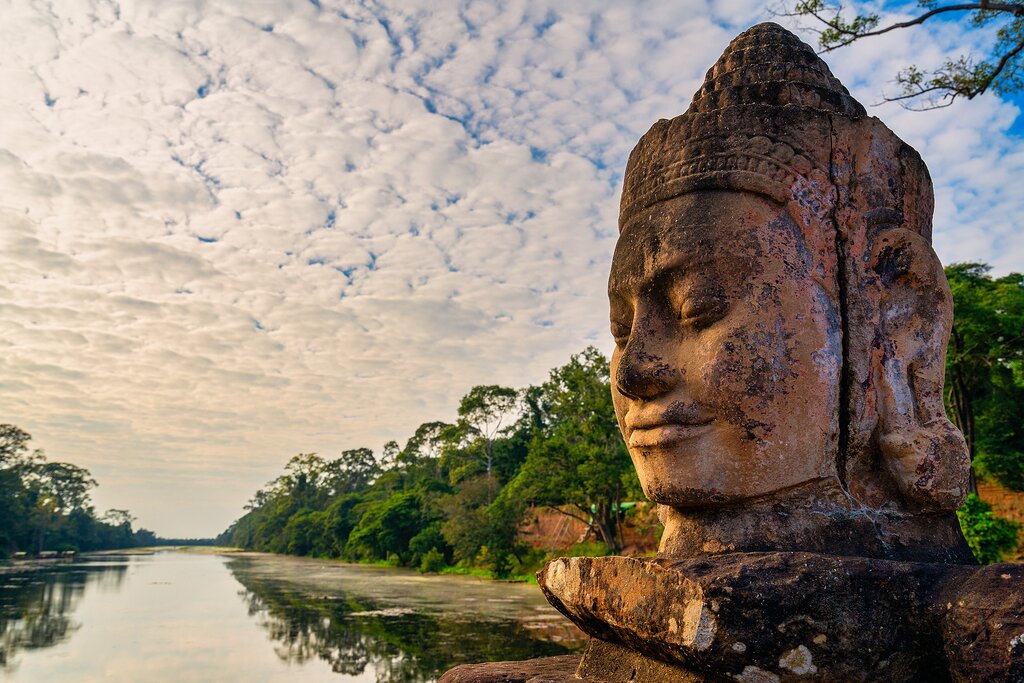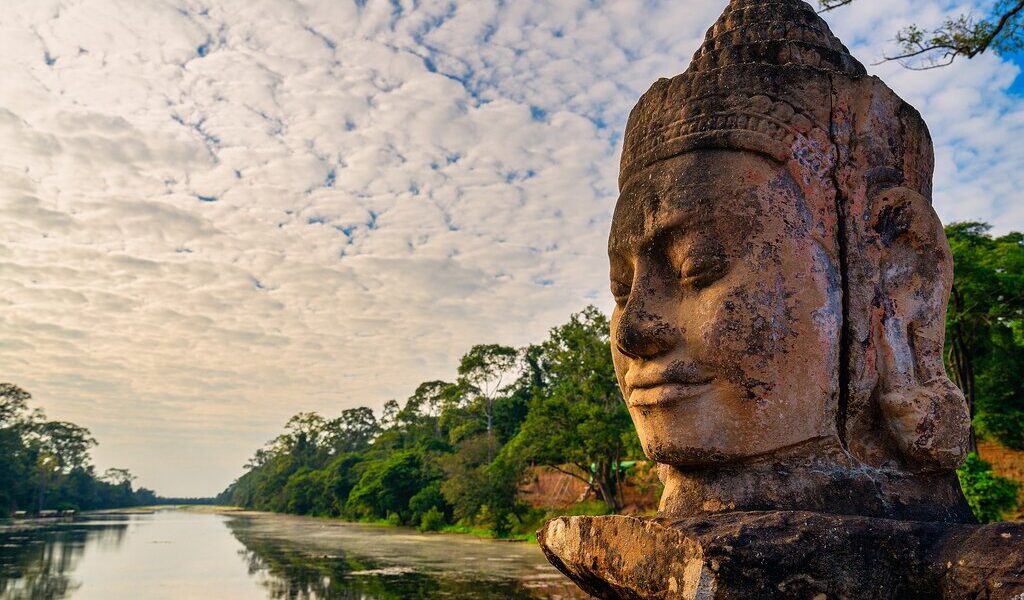
September is among the wettest months in Cambodia, and it’s the low season for tourism. But if you’re prepared for some rain and minimize your overland travel, there are benefits to coming at this time of year. Fewer other visitors at highlights like Angkor Wat are one major plus, as are the birdlife and floating villages on the Tonlé Sap lake. Read on to find out more about traveling to Cambodia in September.
Cambodia in September: A Comprehensive Travel Guide
The allure of Cambodia persists even during its wet season, offering a unique perspective on this captivating nation. While the months from June to October constitute Cambodia’s wet season, the final two months, particularly September, see the most significant rainfall. It’s a time of transformation, where the landscape flourishes, and the cultural rhythm adapts to the rhythm of the rain. September, however, brings heavier and more consistent rainfall compared to the earlier months of the wet season, which are often characterized by short, intense showers. The increased rainfall can present some challenges, particularly regarding overland travel.
The enhanced precipitation can make certain routes through Cambodia, a country largely characterized by its rural nature and varying degrees of infrastructure development, more challenging to navigate. Travelers should be prepared for potential flooding, muddy conditions, road damage, and landslides, which can all impede overland journeys. Flexibility in your travel plans is crucial during this time.
Despite the increased rainfall, Cambodia remains a tropical country, blessed with warm temperatures throughout the year. September is no exception, offering pleasant warmth without being excessively hot. In Phnom Penh, the capital city, the average temperature in September hovers around a comfortable 82°F (28°C). However, it’s important to remember that the humidity can significantly impact how the temperature feels, often making it seem warmer than the recorded reading.
The wet season is generally considered the low season for tourism in Cambodia, but this shouldn’t deter intrepid travelers. In fact, it presents unique advantages. One of the most appealing aspects of visiting Cambodia in September is the reduced crowds at the most popular tourist destinations. This is especially noticeable in the magnificent ancient city of Angkor.
Angkor is a sprawling complex, encompassing a vast area filled with remarkable temples and historical sites. While Angkor Wat, the centerpiece of the complex, inevitably attracts visitors, the “outer temples,” situated further away from the main attractions and off the well-trodden tourist paths, offer a more secluded experience. In September, these outer temples may be practically deserted, providing an unparalleled sense of tranquility and discovery. It’s advisable to pack weather-appropriate footwear, as you’re likely to encounter mud and puddles as you explore these incredible sites.
Transportation to and from various destinations within Cambodia might require extra consideration due to the impact of the rain on the roads. Siem Reap, a major tourist hub, benefits from a large international airport. Consequently, flying directly to Siem Reap from other locations within Cambodia or from elsewhere in Asia may be a more convenient and reliable option than attempting overland travel.
Another perk of traveling to Cambodia in September is the possibility of securing off-season specials at more luxurious hotels, particularly in the Siem Reap area. However, beach resorts are likely to be closed for the season. While some may remain open and offer attractive discounts, the prevailing weather conditions are generally less conducive to enjoyable beach activities.
Angkor remains a highlight of any trip to Cambodia, regardless of the month. However, exploring this ancient city in September, with its reduced crowds, offers a truly exceptional experience. While Angkor Wat will invariably have some visitors, the sheer size of the Angkor site means that many of the lesser-visited temples and archaeological sites, especially those located further afield, may be completely devoid of other tourists during this period.
For birdwatching enthusiasts and those seeking an authentic experience of rural Cambodian life, a visit to the Tonlé Sap in September is highly recommended. This expansive inland lake is connected to the Tonlé Sap River, which flows through Phnom Penh and ultimately merges with the Mekong River. The water level of the Tonlé Sap, and the experiences it offers, vary throughout the year in response to fluctuating rainfall. By September, the lake reaches a high level, creating a thriving ecosystem for numerous bird species. Floating villages, characterized by buildings constructed on stilts and vibrant commerce conducted from boats, become a prominent feature of the landscape during this season.
Beyond Angkor and the Tonlé Sap, general city sightseeing in Phnom Penh is a rewarding activity in September. Phnom Penh is evolving into an increasingly modern and dynamic city. Visitors can indulge in exceptional Cambodian and international cuisine, purchase unique souvenirs at the architecturally distinctive Art Deco Central Market, admire the splendor of the Royal Palace and the fascinating exhibits at the National Museum, or simply enjoy a leisurely stroll along the wide, paved promenade that runs alongside the river.
Consider taking a waterbus between Siem Reap and Phnom Penh, especially during the rainy season. This journey across the Tonlé Sap lake and down the Tonlé Sap River offers a practical and enjoyable alternative to long-distance buses. This is especially appealing during the wet season when road conditions may be compromised due to damage or mud, resulting in slower and less comfortable journeys. The views along the waterways are captivating, offering glimpses of the same sights that are typically featured on tourist cruises.
Two notable events occur in Cambodia during September:
Bonn Pchum Ben, a nationwide religious festival held in late September or early October, is a significant cultural event. During this time, Cambodians make offerings to monks and the spirits of their ancestors, seeking to accumulate good karma. If you visit a temple during this festival, observe the offerings of food, fruit, flowers, and money.
Constitutional Day, a nationwide public holiday, takes place on September 24th (or the following Monday if the 24th falls on a weekend). This day commemorates the proclamation of the Cambodian constitution in 1993. Be aware that some businesses may be closed on this day.
B-229

